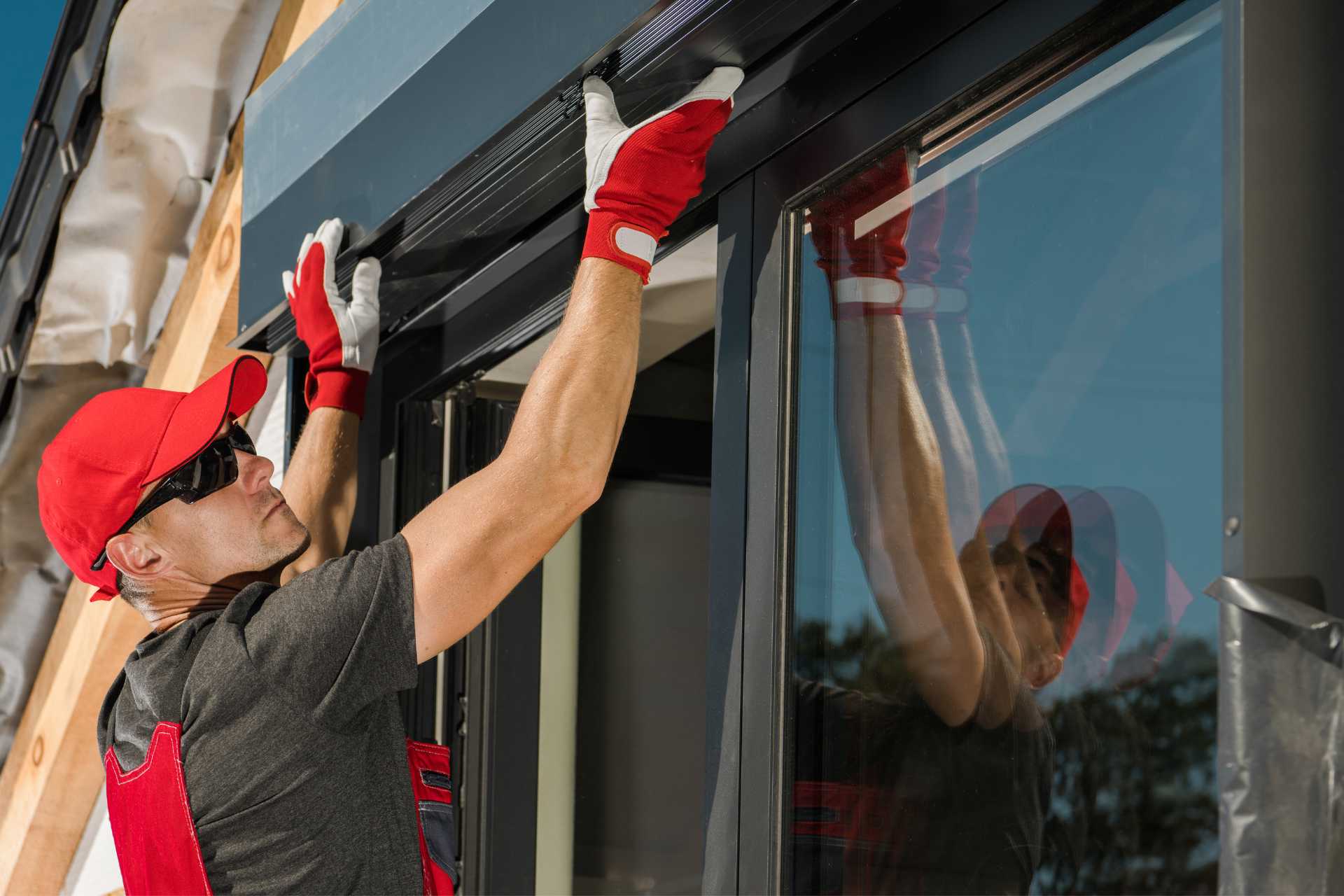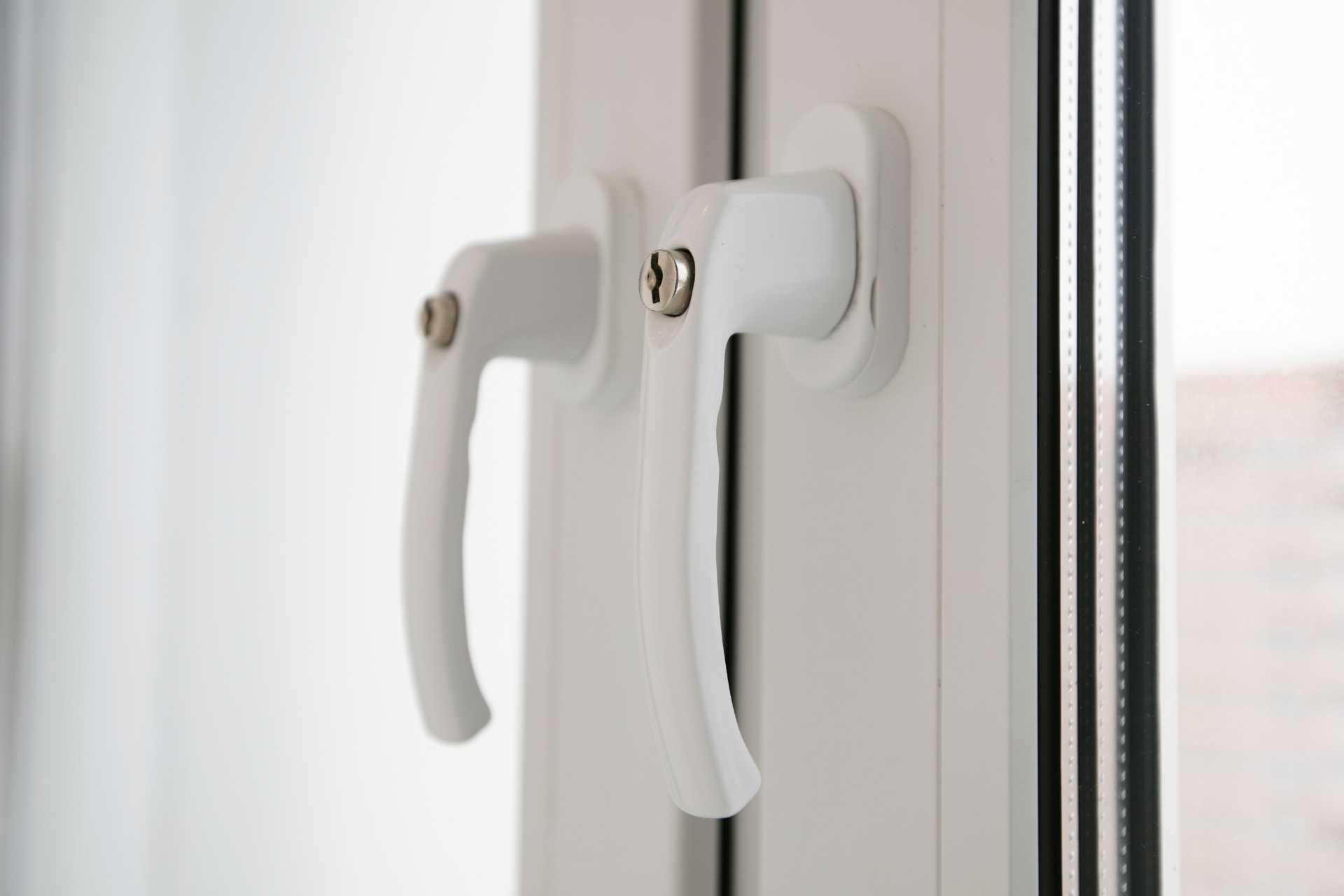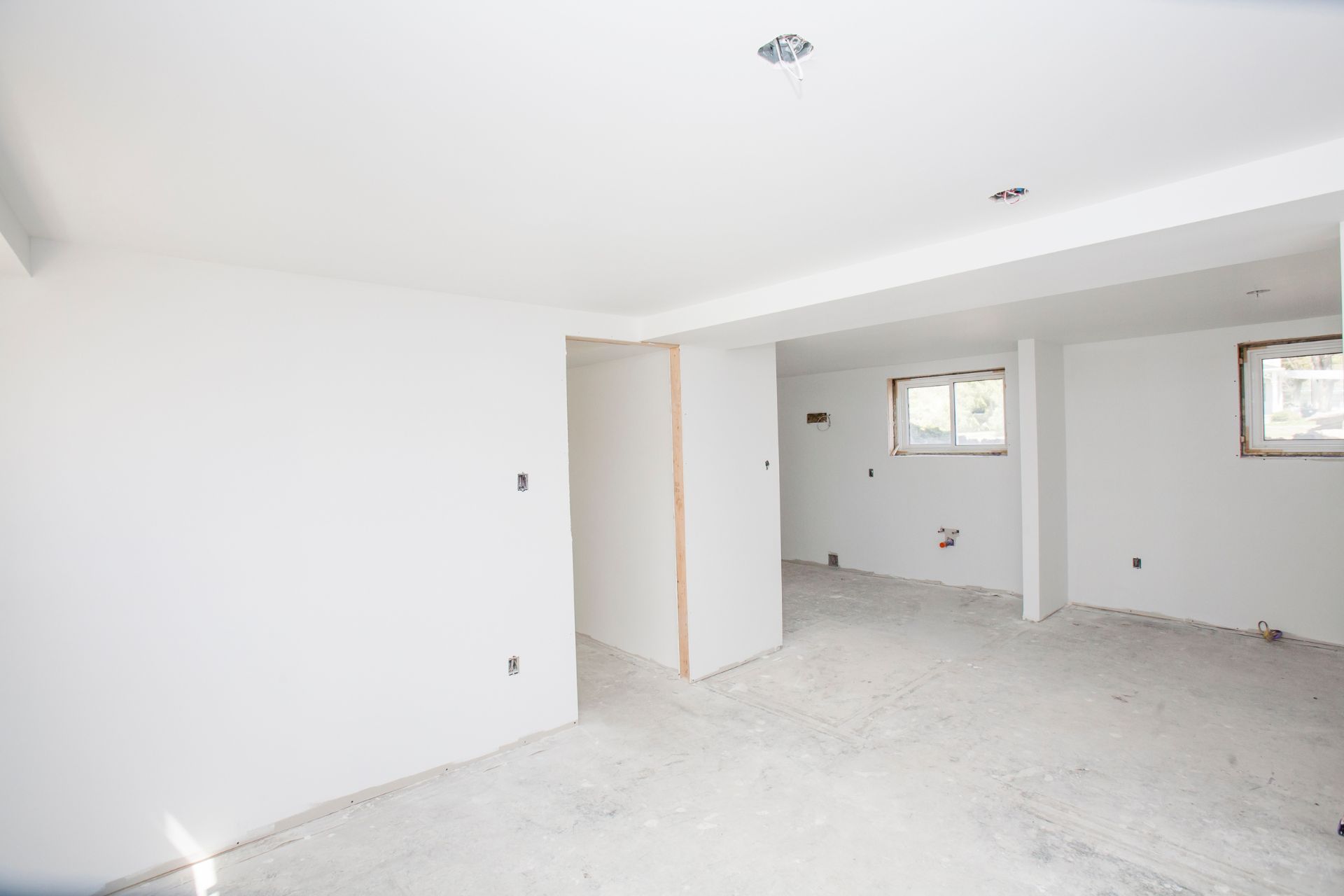For many homeowners, the basement is a forgotten space—cold, damp, and unwelcoming. While a full-scale renovation seems like the only solution, the transformation from a cellar into a cozy lower level often begins with simpler, more fundamental upgrades. The root cause of basement discomfort is typically not the concrete walls, but the overlooked and underperforming windows and doors that act as primary entry points for drafts and dampness. Strategic window replacement is a foundational step in sealing the home’s envelope for comfort, and while structural issues may require basement underpinning, it is the key to comfort. This guide will explore how these upgrades create a dry, warm, and healthy basement by solving persistent moisture problems and dramatically improving air quality and usability year-round.
The Chilling Truth: Why Your Basement Feels Like a Cave
The pervasive chill in many basements during our long winters can be traced directly to outdated windows. Traditional basement windows are notoriously inefficient, often consisting of a single pane of glass set in a highly conductive metal or rotting wood frame. These units act as “thermal holes,” allowing the freezing outside temperatures to be conducted directly into your home. This process creates a constant “radiant cold” effect, which is why you can feel a chill standing several feet away from the window. This makes the basement floor frigid and cools the air, contributing to a perpetually damp and chilly feeling throughout the space.
Beyond this passive heat loss, old windows and walk-out doors are a major source of active air leakage. Over time, their seals compress and fail, frames can warp, and caulking cracks and pulls away. This creates dozens of small gaps that allow cold, dense winter air to constantly infiltrate the home. These persistent drafts force your furnace to work overtime to compensate for the continuous heat loss, making the space uncomfortable and driving up your monthly heating bills. Achieving a draft-free, leak-free home starts by addressing these fundamental weak points in your home’s lower level.
The Damp Dilemma: The Source of the Musty Smell
The battle for a comfortable basement continues into the humid summer months. During this time, the primary enemy becomes moisture. Warm, moist air circulates through the home. It comes into contact with the cool surfaces of the basement, especially the cold glass of an old window. This temperature difference causes condensation to occur. In this process, water vapour turns into liquid, leaving persistent dampness on windows, sills, and nearby walls. This constant moisture is the primary fuel for the distinct “musty basement smell,” which is actually the off-gassing of active mould and mildew growth.
Condensation is not the only issue. Failed seals and rotted frames also provide a direct pathway for water. Rain and snowmelt can easily seep into the basement through these openings. This direct water intrusion combines with the high humidity to create the perfect breeding ground for mould. These are not just ugly stains; they are biological contaminants. They reproduce by releasing microscopic spores into the air. A home’s natural airflow, often aided by the HVAC system, can draw these spores up from the basement and circulate them throughout the entire house. This compromises the indoor air quality for everyone, not just those who venture downstairs.
The Airtight Upgrade: Modern Window Technology
The solution to these issues is found in the advanced technology of modern basement windows. A high-performance window is a multi-layered defence system designed to combat both cold and condensation. It starts with having two or even three panes of glass, which create sealed, gas-filled chambers that act as a powerful insulating buffer. This keeps the interior pane of glass much closer to room temperature, virtually eliminating the condensation that fuels mould growth. Many of these units also feature invisible Low-E coatings that reflect furnace-generated heat back into the basement, further improving efficiency.
The frames and seals of modern windows are built for long-term, weatherproof performance. Materials like uPVC and fibreglass will not rot, warp, or corrode like old wood or metal frames, ensuring they maintain a tight, durable seal for decades. These are paired with advanced compression seals and multi-point locking systems that create a truly airtight closure, stopping drafts completely. A full window replacement is the most effective way to permanently solve these issues, and modern options mean you are not limited to basic designs. You can even install specialty-shaped windows to enhance the architecture.
Sealing the Exit: The Overlooked Energy Drain
A basement walk-out door is often a huge, uninsulated hole in the wall. It is a major source of discomfort. An old door, whether solid wood or basic steel, acts as a massive thermal bridge. It conducts cold directly into the living space. It also allows for significant air leakage around its perimeter. This single component can cause a large portion of a basement’s drafts and energy loss. It undermines any other efforts to make the space comfortable. Sealing this large opening is just as important as upgrading the windows.
Modern steel or fibreglass doors are the solution. They are engineered with a high-density polyurethane foam core. This provides an insulation value (R-value) comparable to an exterior wall. This insulated core is complemented by a complete weatherstripping system. This system often uses magnetic or compression seals to create a virtually perfect seal, eliminating drafts. Additionally, a thermally broken threshold prevents cold from being conducted through the floor-level frame. A full door replacement fortifies this critical weak point. It completes the seal around the basement’s perimeter, making the space much warmer and more efficient.
The Payoff: From Storage Space to Living Space
The benefits of upgrading your basement windows and doors are immediate and transformative. First and foremost is the improvement in your home’s health. By eliminating the sources of moisture—leaks and condensation—you eliminate the fuel for mould and mildew. A dry basement is a healthy basement, free from musty odours and airborne spores, which significantly improves the air quality throughout the entire home. Furthermore, new, larger windows can be installed to meet egress code requirements for bedrooms, and a modern window design makes your basement brighter, transforming a dark space into a more inviting one.
With drafts and cold spots eliminated, the basement’s environment becomes stable and comfortable. The floor above is no longer frigid. The air temperature is consistent. This turns a previously inhospitable area into valuable, usable square footage. This newfound space can become a family room, a home office, or a gym. Finally, a sealed and insulated basement dramatically reduces the workload on your home’s HVAC system. This leads to measurable savings on heating bills in winter and cooling costs in summer, allowing the investment to pay for itself.
Don’t Just Finish Your Basement—Fortify It
A comfortable, healthy, and usable basement is no accident. It is the direct result of sealing the home’s foundational envelope. The most impactful first step in any basement improvement project is upgrading old, inefficient windows and doors. This strategy tackles the root causes of both drafts and dampness. It creates a solid foundation for any future renovation. By investing in modern windows and doors, you are not just making an upgrade. You are reclaiming a vital part of your home, creating a healthier environment for your family, and adding lasting value to your property.





